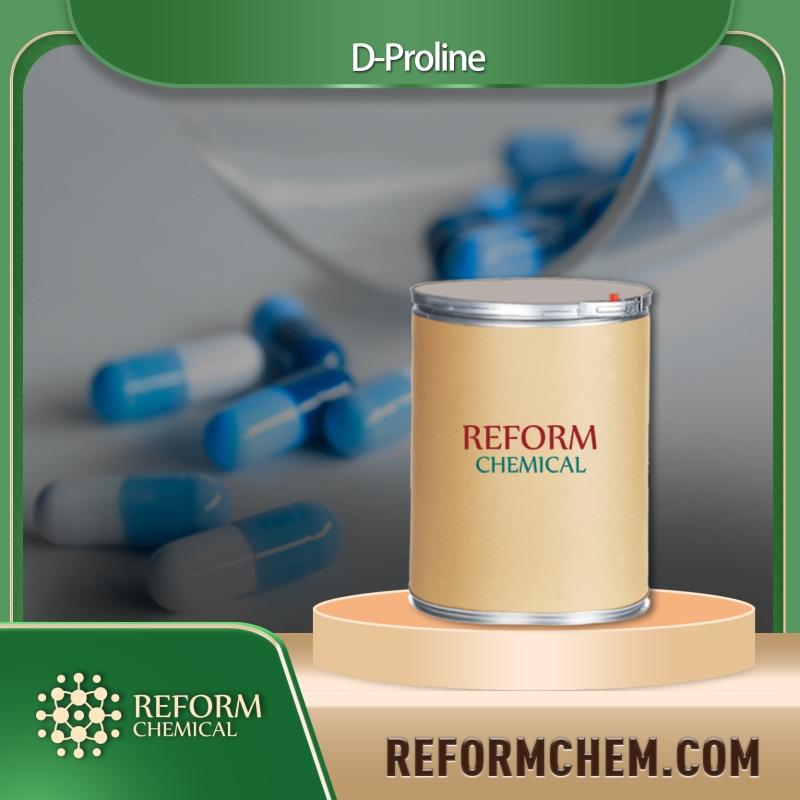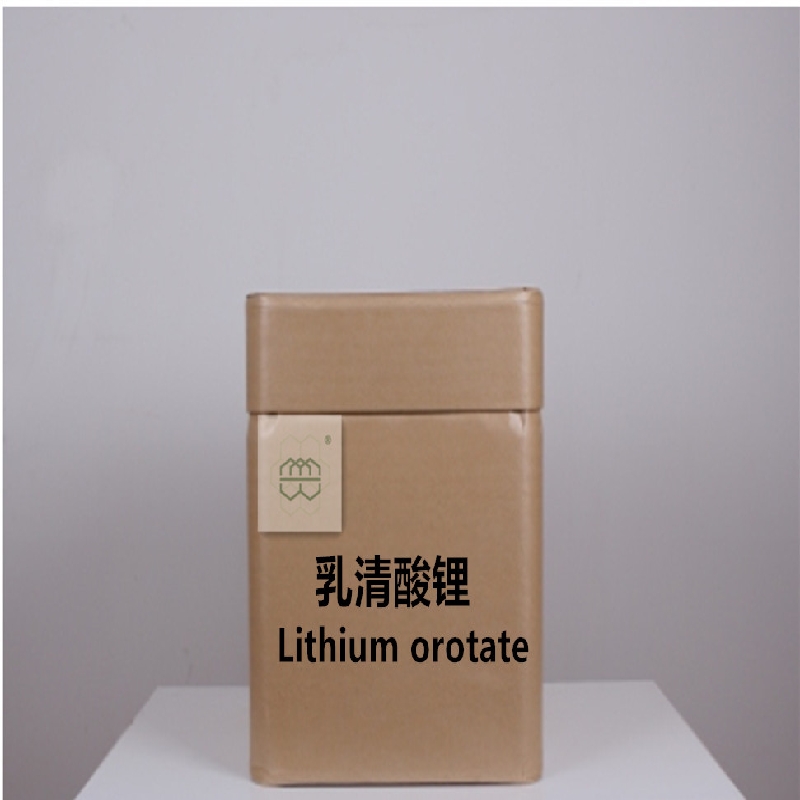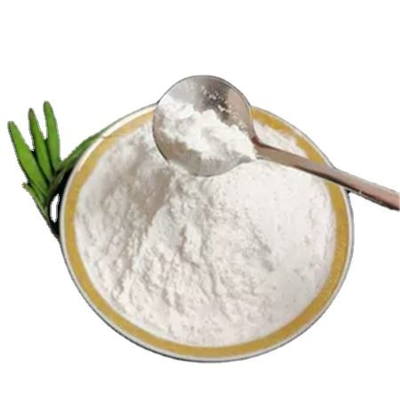-
Categories
-
Pharmaceutical Intermediates
-
Active Pharmaceutical Ingredients
-
Food Additives
- Industrial Coatings
- Agrochemicals
- Dyes and Pigments
- Surfactant
- Flavors and Fragrances
- Chemical Reagents
- Catalyst and Auxiliary
- Natural Products
- Inorganic Chemistry
-
Organic Chemistry
-
Biochemical Engineering
- Analytical Chemistry
-
Cosmetic Ingredient
- Water Treatment Chemical
-
Pharmaceutical Intermediates
Promotion
ECHEMI Mall
Wholesale
Weekly Price
Exhibition
News
-
Trade Service
| Cyanobacteria is expected to "activate" the soil |
Cyanobacteria Image source: Flinders University
Flinders University While agricultural production around the world is struggling to cope with declining soil health, a research team in Australia is experimenting with a sustainable organic nitrogen fertilizer production
.
This fertilizer is made from aquatic cyanobacteria and is very suitable for severely degraded areas that rely on fertilizers
Chemosphere
"Many soils are gradually degrading and becoming less fertile
.
This poses a challenge for agriculture to produce enough high-quality food to feed a growing population, and climate instability threatens crop yields, further exacerbating this problem
Global population growth will lead to increased demand for energy and food.
This forecast encourages research on bio-fertilizer and biogas production, and sustainable energy production through the use of waste organic materials (such as microalgae and multicellular cyanobacteria) produced from controlled biomass
.
Scientists in Australia, the United States and Spain are testing a new biological fertilizer made from polypothrix, a fast-growing freshwater cyanobacteria
.
It can fix nitrogen in the atmosphere without the need for additional nitrogen fertilizer
Compared with other microalgae and macroalgae biological fertilizers, the production cost of this biomass is low
.
Studies have shown that, unlike many cyanobacteria species, tolypothrix is a filamentous bacteria that can form self-flocculating aggregates, making it easy to harvest from suspension cultures, and can reduce dehydration costs by up to 90%
And the research team found that this non-toxic blue-green seaweed can be cultivated in fresh water, and even in brackish water or industrial wastewater, such as wastewater from coal-fired power plants
.
The energy input to produce this polypothrix biomass can be offset by the production of biogas
.
Biogas is mainly a methane-rich gas that is used to dry biomass to extract high-value health supplements phycocyanin, or to produce carbon and nitrogen-rich liquid and solid biological fertilizers to repair poor soils
The team studied the production of polypothrix as a sustainable solution for biological soil improvement
.
Heimann said that when it is "combined" with biogas or spirulina nutritional powder, it is expected to "bring huge economic returns to regions and remote agricultural communities
"Australian soil, especially the soil in the wheat belt on the edge of Western Australia, has undergone structural degradation.
This cannot be overcome by applying synthetic fertilizers
.
" He said, "In order to improve the soil structure, organic carbon needs to be applied to restore soil maintenance.
In addition, the researchers said that converting ponds that produce cyanobacteria biomass for arable land into a major on-site source of renewable nitrogen-rich fertilizers will also help reduce carbon emissions during fertilizer production and transportation
Related paper information: https://doi.







